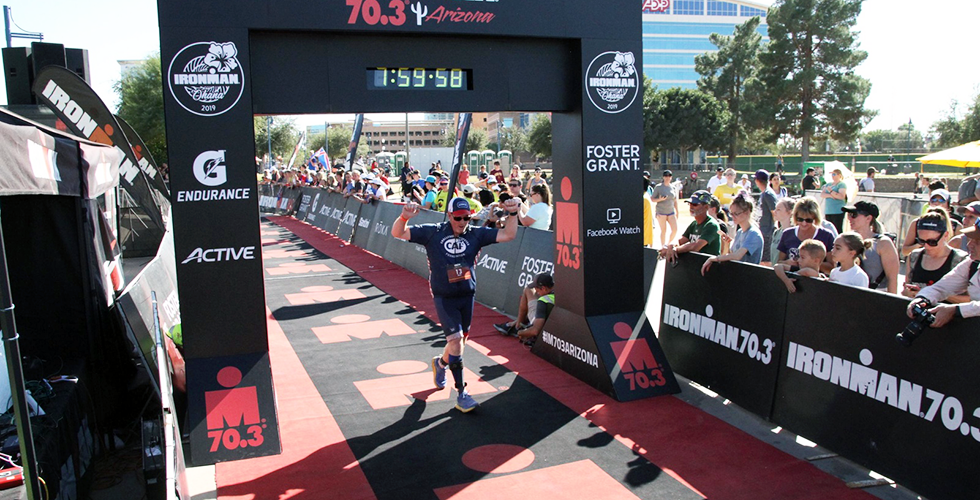
In my hometown of Bridger, Montana, the population is just under 1,000 people. But that doesn’t mean my life is lacking for excitement! My life is full and busy, and I’m proud to call myself many different things: para-triathlete, police officer, certified optician, hunter, fisher, ham radio enthusiast, guitar player and—most importantly—husband and father.
My journey to “get back up” starts with the congenital birth defects I was born with, including Prune Belly Syndrome (PBS) and Clubfoot. These “hidden disabilities” are neuromuscular diseases with no known cure. PBS is rare, and can affect the urinary system, the kidneys and the formation of your abdominal muscles—among other side effects.
In my case, I am lucky in that I have some of those effects, but none are life threatening. Clubfoot can also vary in terms of severity, too, though most cases are “fixed” immediately after birth. This process can result in a normal looking foot or a mildly deformed one, but even successful procedures can lead to issues later in life, such as the inability to be on your feet for extended periods, smaller lower leg, less strength and balance and chronic pain of varying degrees.
For me, I currently have a misaligned ankle, flat foot and osteoarthritis on the top of my midfoot which will likely increase as I age. My calf is smaller, and I have balance issues. I also experience random—sometimes severe—pain in random places in my ankle and foot. When my doctor suggested a very involved, invasive form of surgery that could take between one to two years to recover from, I declined and instead we set about trying to find the right kind of brace that could help alleviate my issues without surgery.
Being an analytical guy, I did a lot of research on the topic. I looked at braces, exoskeletal devices, wraps, artificial limbs (many people with Clubfoot opt for amputation below the knee) and AFOs. But all of that was put on hold when in August of 2018 I fell 12 feet off a ladder, breaking my clavicle in 3 places that required a plate and screws to reassemble. After surgery, I talked with my doctor about perhaps finally going the amputation route, but we opted to give an Allard AFO a try first.
I tried an AFO in the orthotist’s office and didn’t want to give it back! My doctor and I thought an AFO would help limit the flexion of the ankle and foot preventing pain while still allowing a full rollover of the foot while running. Then we decided a stiffer model AFO was probably better as long as repetitive use comfort was there. In looking at the designs, and in talking with TeamUP Co-Captain Becky Piper about her BlueROCKER®, we decided on a the same for me as well. Once I got properly fitted for my own AFO thanks to some great information from the company itself, I was able to make the small tweaks here and there to get a perfect fit. I started running again without foot pain—it was only a mile or two, but it felt good!
Now, thanks to my pal “Carbon Elektra” (the name I gave my BlueROCKER®), I’m up to running 10 miles at a time, building more and more mileage with little to no pain. I’m also biking more than 70 miles with no problem. Since June of 2019, I have raced in a few sprint distance triathlons, a couple of Olympic distance triathlons, and 2 more long course races—including the Ironman 70.3 in Arizona. I’m currently USAT-ranked 19th in Para Men in the United States!
My brace really has changed my life for the better—I wish I had found it sooner! I was going through life just thinking this was as good as it gets, but now I know that was not true. I have met many people in the para community, sponsors, other athletes with challenges and the people at Allard who continue to inspire and help me be a better athlete, dad, and person. I’m currently chasing a spot in the top 10 in the men’s Para-triathlon in America—wish me luck!
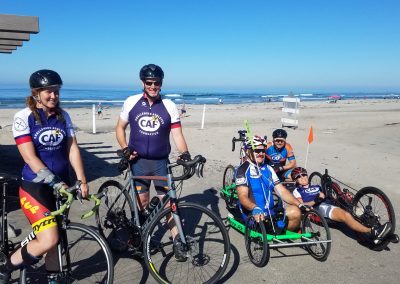
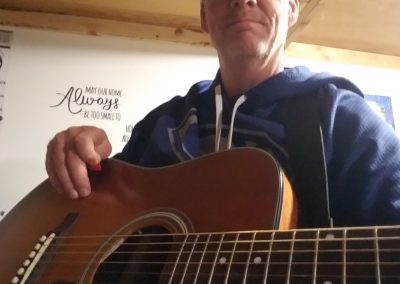
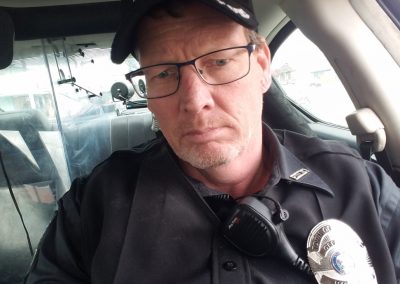
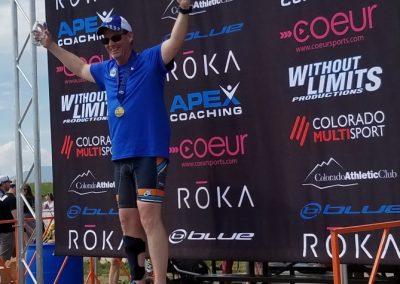
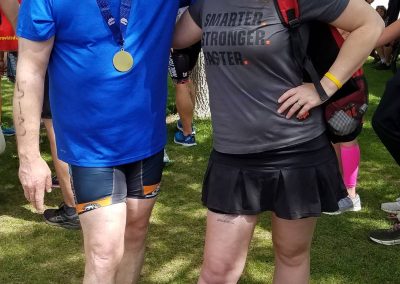
Recent Comments